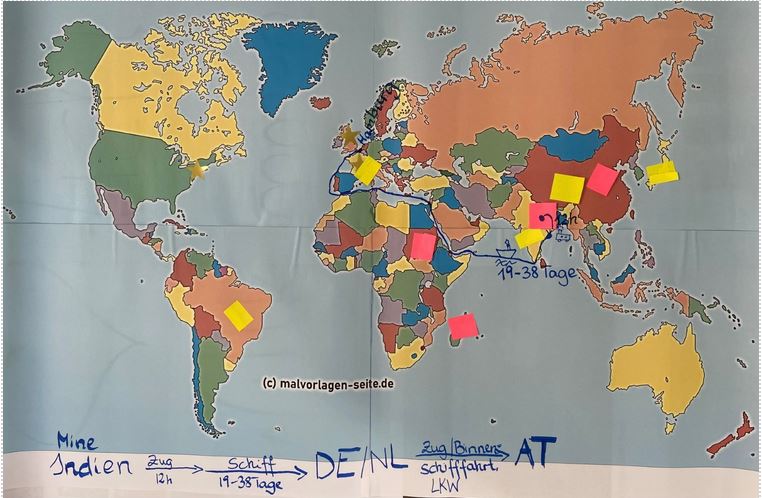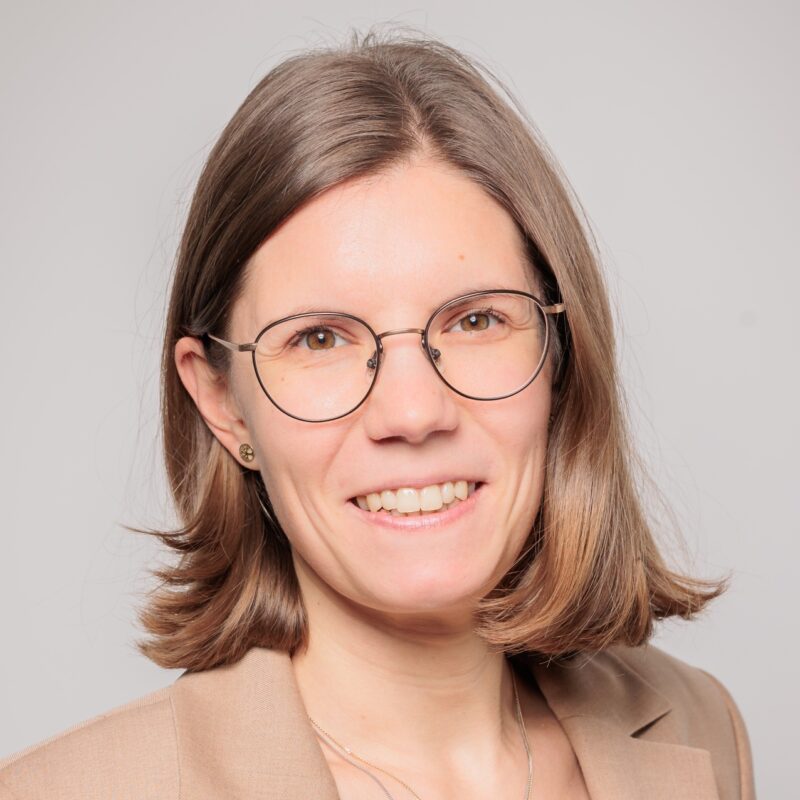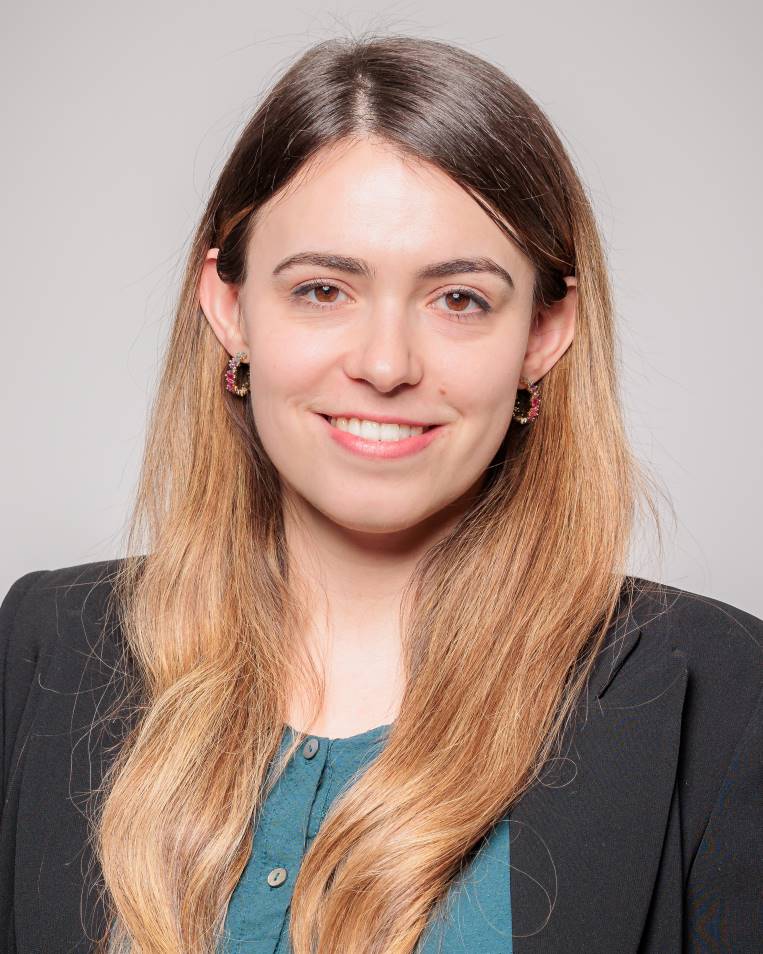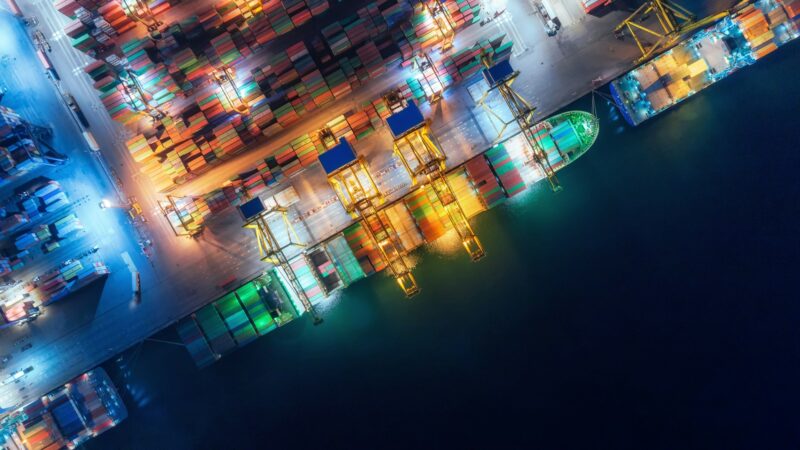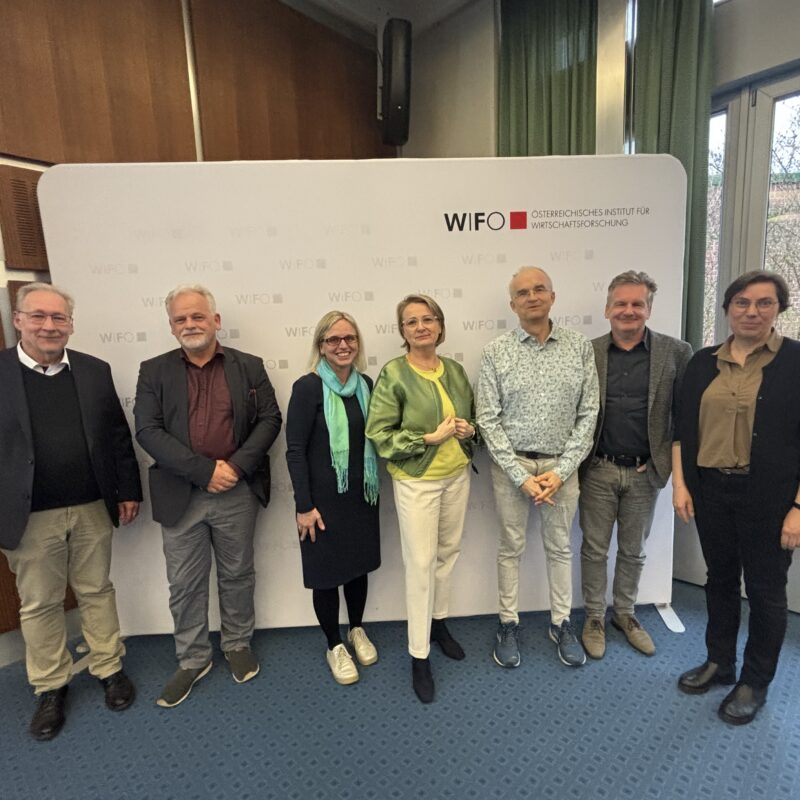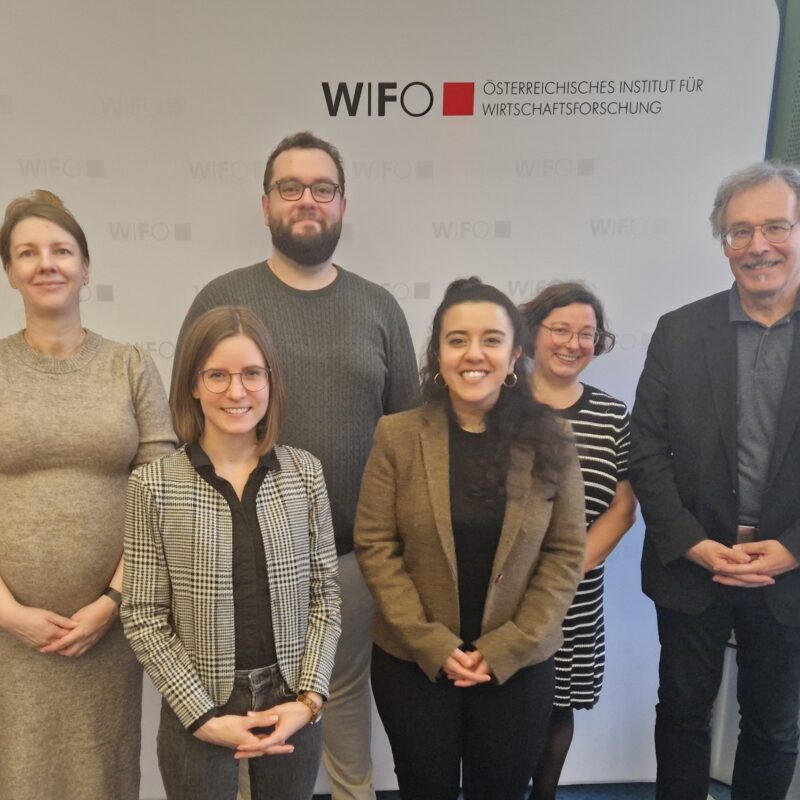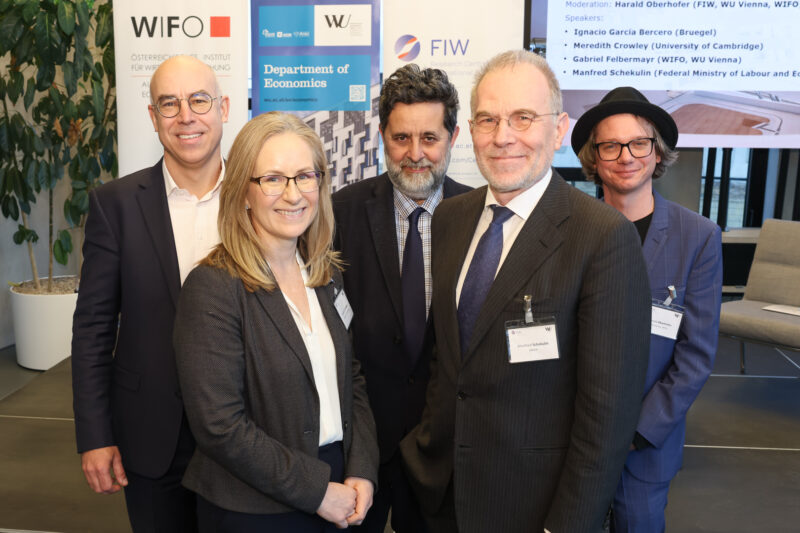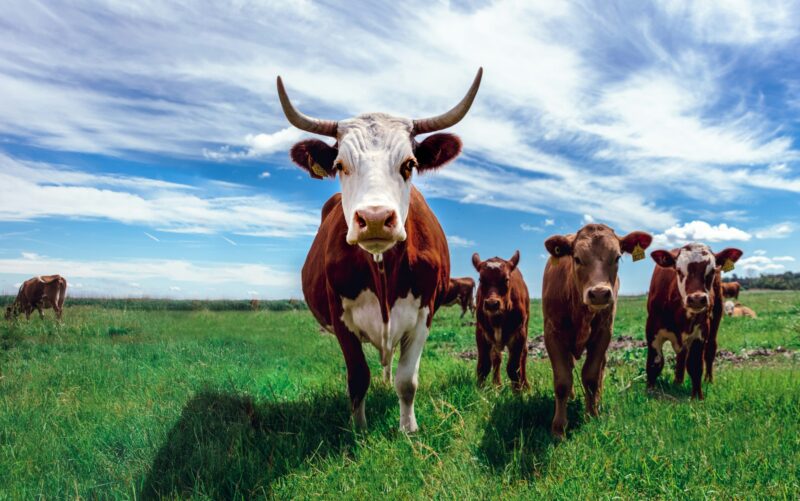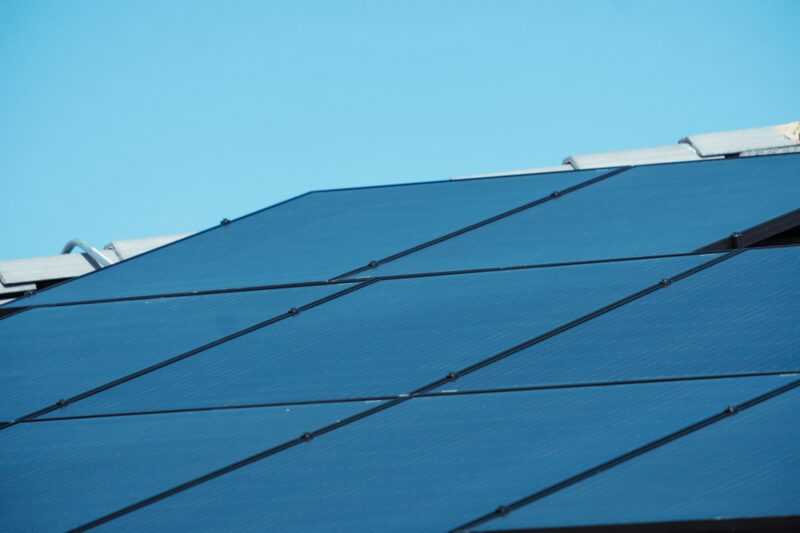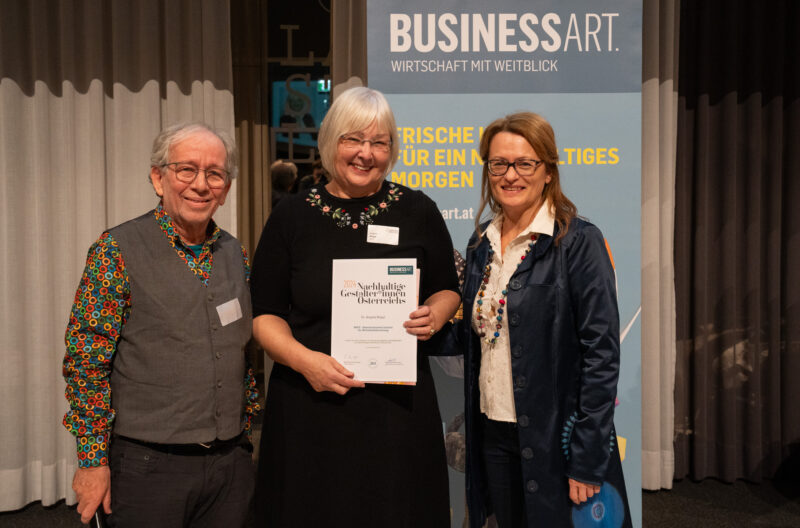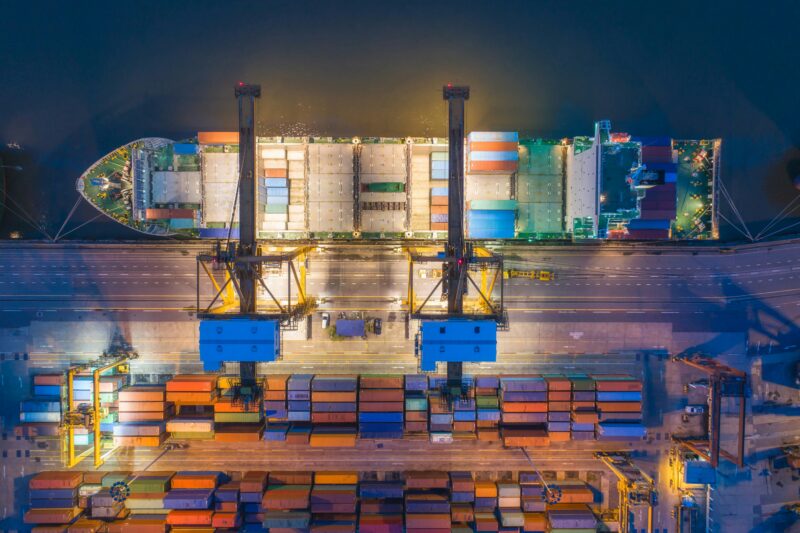As part of her welcome speech, WIFO Deputy Director Christine Mayrhuber not only introduced WIFO, but also provided an insight into her own research using the example of income differences between women and men after completing their education. This was followed by a workshop with (agricultural) economists Anna Renhart and Katharina Falkner as well as with Susanne Markytan and Sara Aref Zahed on the global value chain of Mica, the raw material that is often used as a substitute for microplastics in glitter Make-up. In group work, the participants slipped into the role of scientists and explored the individual stages of the Mica value chain.
The research group on raw material extraction found that the mining of Mica in the Mica mines of India, Madagascar and Brazil often involves child labour and that mine workers earn just 0.06 $ per day. This shows that sometimes environmental and social standards are not simultaneously good. The research on processing showed that the market is dominated by a few international corporations that own more than a hundred cosmetics brands. While the headquarters of the companies were quickly found, it was a greater challenge to find transparent information on where the production facilities are located. In order to produce the environmentally friendly glitter cosmetics, Mica has to be transported from the Mica mines to these production sites. The transport and export research group found out which trade routes are used to transport Mica from the Indian Mica mines to Europe and how long the transport takes to reach the ports in Rotterdam or Hamburg. With the support of Susanne Markytan, the group also familiarised themselves with the UN Comtrade Database, the most comprehensive database on global trade data. The retail group ultimately discovered that the price differences (price ranges) for a palette of eye shadow are huge and that we retail customers spend up to 100 times more on high-end products than on private labels, for example.
In addition to the workshop, interviews with WIFO economists and experts provided insights into the day-to-day work at WIFO, while also giving the research teams the opportunity to gather exciting information on how to make global value chains and product pricing more sustainable.
After a joint lunch, the young scientists were able to present their results; the connections were recorded in the form of a joint world map.


